Cultivated food is a trend that can help put food on the table for an ever-growing world population and provide greater food security.
From our poll on Linkedin, we realized that many still find the nomenclature “cultivated” a bit confusing and prefer the name “synthetic”.

In this way, the word cultivated can lead to an association with traditional agriculture.
Although the terms “cell-based” and “cultured” are the terminologies most used by scientists and companies, many people (including you who follow us) prefer other names like: “in vitro”, “artificial” and “synthetic”.
Many think that this would be more honest with consumers, thus helping them to know exactly what is being purchased and giving them the power to choose.
We would like to remind you that this is the 5th and last of a series of texts. We’ve talked about molecular agriculture, CRISPR, GMO, and precision fermentation. So if you missed any, click on the links and give them a read.
What are cultured foods?
First of all, this term is used to describe foods made from microbial cells, which are grown in the laboratory to create meat, fish or vegetables.

Lab-grown beef/ Image by: Firn/Shutterstock
You may now be asking yourself, “What do you mean, they can create a salmon fillet in the laboratory?” It sounds kind of futuristic, but yeah.
This process uses microbes or single-celled organisms to create food. Or rather, “culture” a food.
Beef? No, from cattle cells!
In 2013, Dutch scientist Mark Post presented the first cultured meat burger on live television. And since then, the sector has grown to more than 150 companies spread across 6 continents, driven by around R$2.6 billion in investments.
Cultured meat is produced without the slaughter of any animal and, more than that, it has already been approved for sale for the 1st time by the Food Agency of Singapore.

Mark Post holding the first synthetic meat burger./ Image by: David Parry/Press Association
This form of production is innovative because it does not imitate the original food like plant-based analogues that try to imitate animal flesh. Instead of slaughtering animals, these foods multiply animal cells in the laboratory.
For those who like fish, there is fish
Let’s go to a short summary of the problem of predatory fishing in rivers and oceans: fishing in conservation areas, putting species in extinction, contamination of seafood by mercury, waste produced and released by ships, imbalance in the food chain of the area used for fishing, destruction of corals and the list goes on…
Fish is highly consumed worldwide and offers numerous health benefits, such as high doses of omega 3. And this is where farmed fish comes in: a sustainable alternative that allows us to continue enjoying food with a clear conscience.
Brazilian company Sustineri Piscis is already investing heavily in the production of cultured fish cakes for consumers.
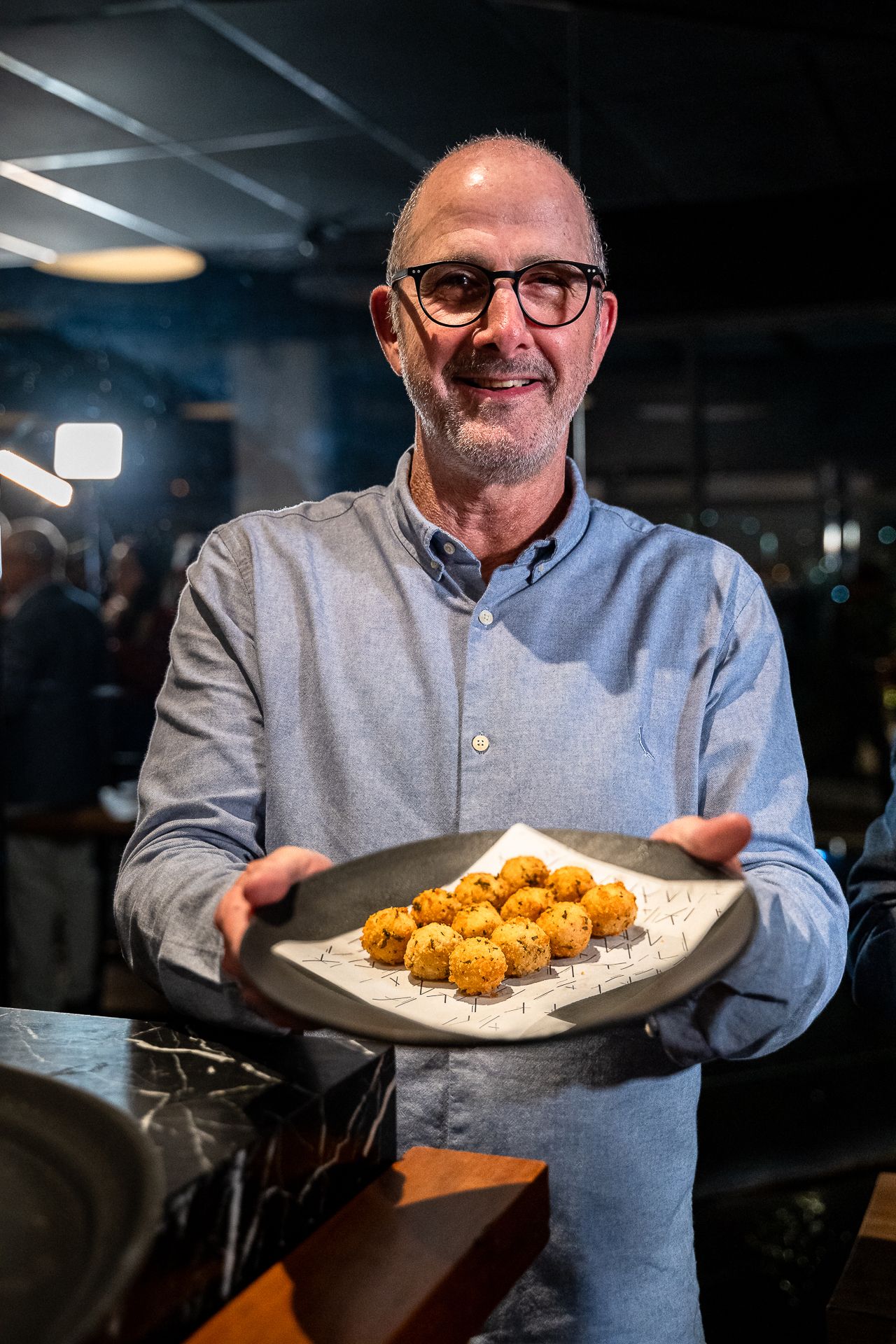
Another piece of good news is that laboratory cultivation is faster than aquaculture processes (raising fish and shellfish in controlled tanks), as it often takes up to two years for the fish to reach the right weight to be consumed. With fish cultivated in the laboratory, in just two months the product is already ready for sale in supermarkets.
And the vegetables?
First, plant cells can also be grown in the laboratory, which speeds up the process of growing food. Corn, for example, takes up to 90 days from planting to being ready for harvest. In the laboratory, this time is infinitely shorter.
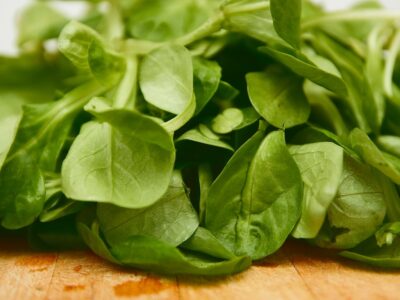
Image by: GreenQueen
Cultivation in traditional agriculture is at risk of being destroyed by pests or stressful weather conditions. In addition, it uses a large amount of natural resources, such as water.
Drinks are not left out
It’s not just about what we eat, but also what we drink. After all, who can live without a good cup of coffee?
A research center in Finland, led by biologist Heiko Rischer, focuses on vegetable crops, using a special plant: coffee.
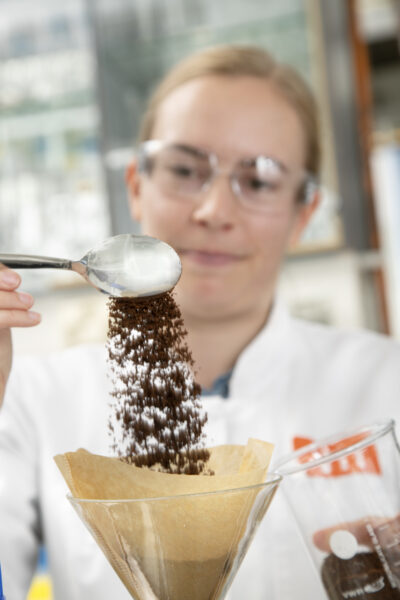
Image by: VTT
Coffee is the most consumed beverage worldwide. About two billion cups are consumed every day, have you ever thought about it? However, many problems involve the traditional cultivation of coffee, such as: socioeconomic challenges, climate change and diseases that threaten crops. Laboratory-grown coffee is one way out.
Success story
Aqua Cultured Foods, a startup from Chicago (USA), has been bringing synthetic seafood alternatives to the market.
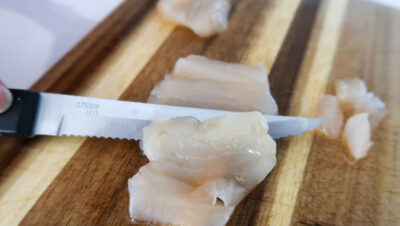
Cultured sashimi./ Image by: Aqua Cultured Foods
These alternatives include whole seafood, squid, shrimp, scallops and tuna fillets, and white fish such as tilapia and sea bass. Company CEO Anne Palermo said that from the beginning their goal was to “create a truly fantastic product that meets appearance, texture, nutrition and commercial scale and makes maximum global impact.”
There are also options for pets
The cultured food market can be explored in numerous ways. And one of them is in the manufacture of food and snacks for dogs and cats.
BioCraft Pet Nutrition has been researching ways to create cultured food for pets since 2016. And, in the end, they succeeded.

Pet food from cultured chicken./ Image by: BioCraft Pet Nutrition
Made of cells and, for now, only in chicken flavor, the feed contains all the essential nutrients for the little animals, such as high levels of protein, vitamins and amino acids.
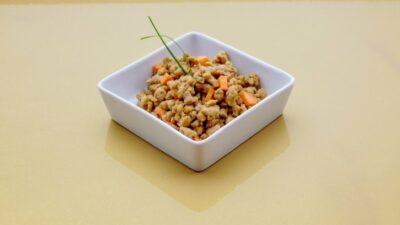
Cat food from cell cultured chicken./ Image by: BioCraft Pet Nutrition
Another Brazilian company in the area
In Brazil, we have a great example of cultivated food. It is pork meat, more precisely pork fat.

Image by: Juan Gasparin
We are talking about the start-up Cellva. The company’s objective is to create pork fat in the laboratory and sell it to other companies to apply in their own products, such as a bacon snack, for example, or a restaurant dish.
Founded in 2022, Cellva is only the 6th company in the world and the 1st in South America to invest in cell culture of fats and produce these fats in the laboratory. One of the foods that can be made from Cellva fat is the darling of barbecues: sausage.
Chef Vitor Asparino from Green Kitchen Brasil has developed a synthetic sausage for his restaurant using peas and lab-grown pork fat.
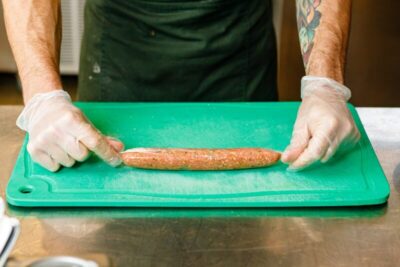
Sausage made with synthetic pork fat./Image by: Juan Gasparin
Is it safe to eat cell-cultured foods?
Researchers from the WHO (World Health Organization) say that more food production like this and more data sharing about it are needed to identify the similarities and differences between conventional foods.
That is, it is a very new technology to already have a definitive verdict on its safety. But experts say that dangers that can exist in cultured foods can also occur in traditional foods.
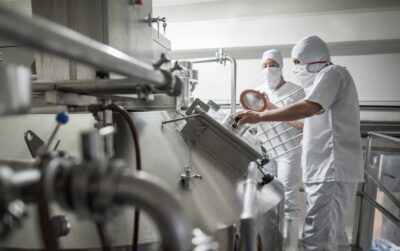
Image by: Blog da Segurança Alimentar
The future
Indeed, lab-grown meat, fish, and poultry products have already arrived in US markets. The US Department of Agriculture, responsible for inspecting and ensuring the safety of food sold in the country, has already approved the labeling and issued service concessions to two manufacturers of farmed poultry in June this year.
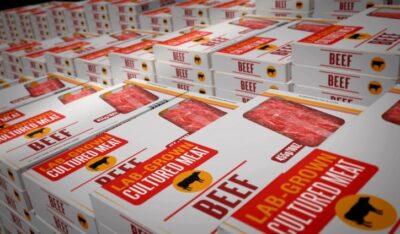
Exemplo de rotulagem mostrando que a carne é sintética./ Image by: GettyImages
In addition, the FDA has declared cultured foods to be of comparable safety to those produced by other methods.
In Italy, the first bill was filed to prevent the country’s food industry from producing cell-based foods, in an attempt to “protect the culinary heritage”. The project will still go through parliament for a future vote. Is it an attempt to avoid the inevitable or could it have a ripple effect in other countries of the world?
What do you think?
This was our last text in the series, we hope you enjoyed it and stayed on top of trends and the future that is coming to change the way we eat.
Sources: FoodSafey News, nytimes.com, efsa.europa.eu, LabManager.com, Blog da Segurança Alimentar, Food Navigator, TechCrunch, bygora.com, Feed Navigator


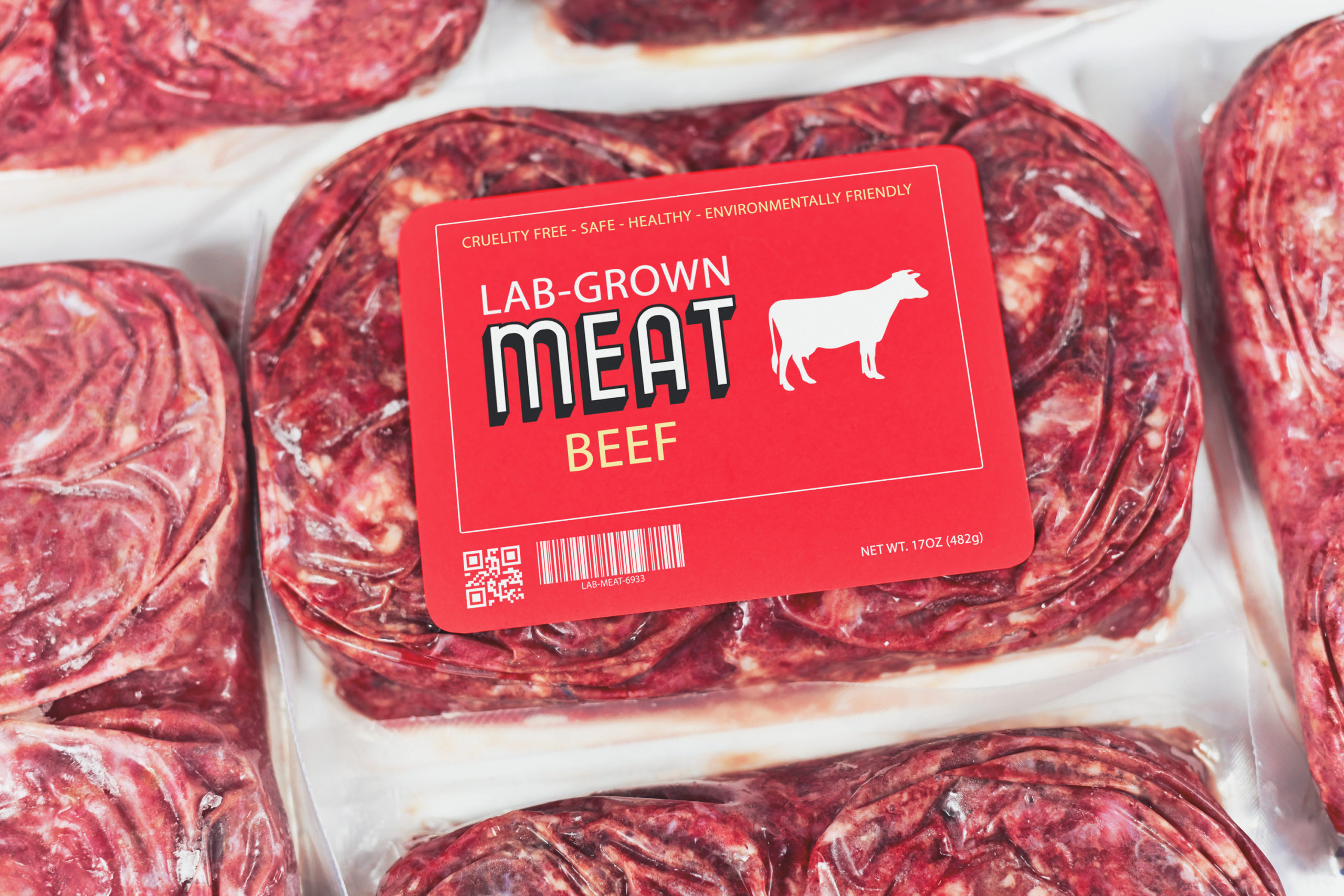
COMMENTS